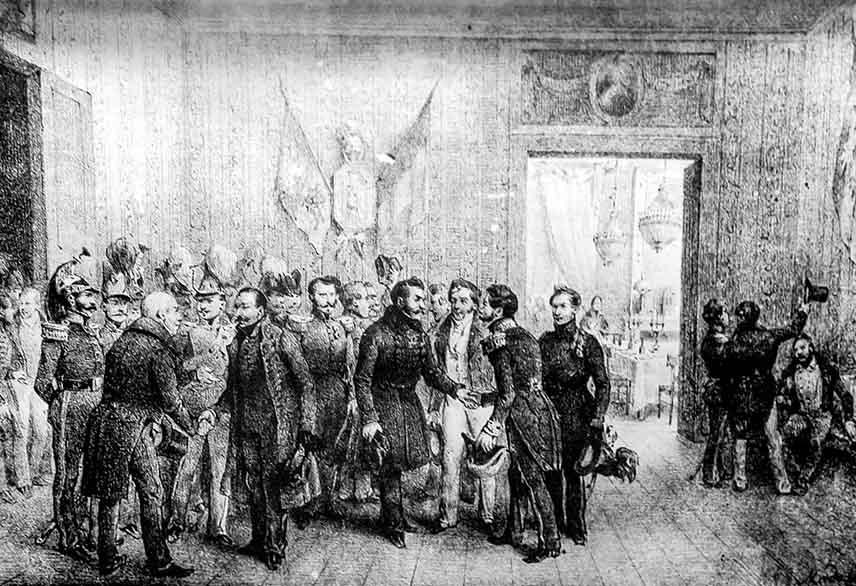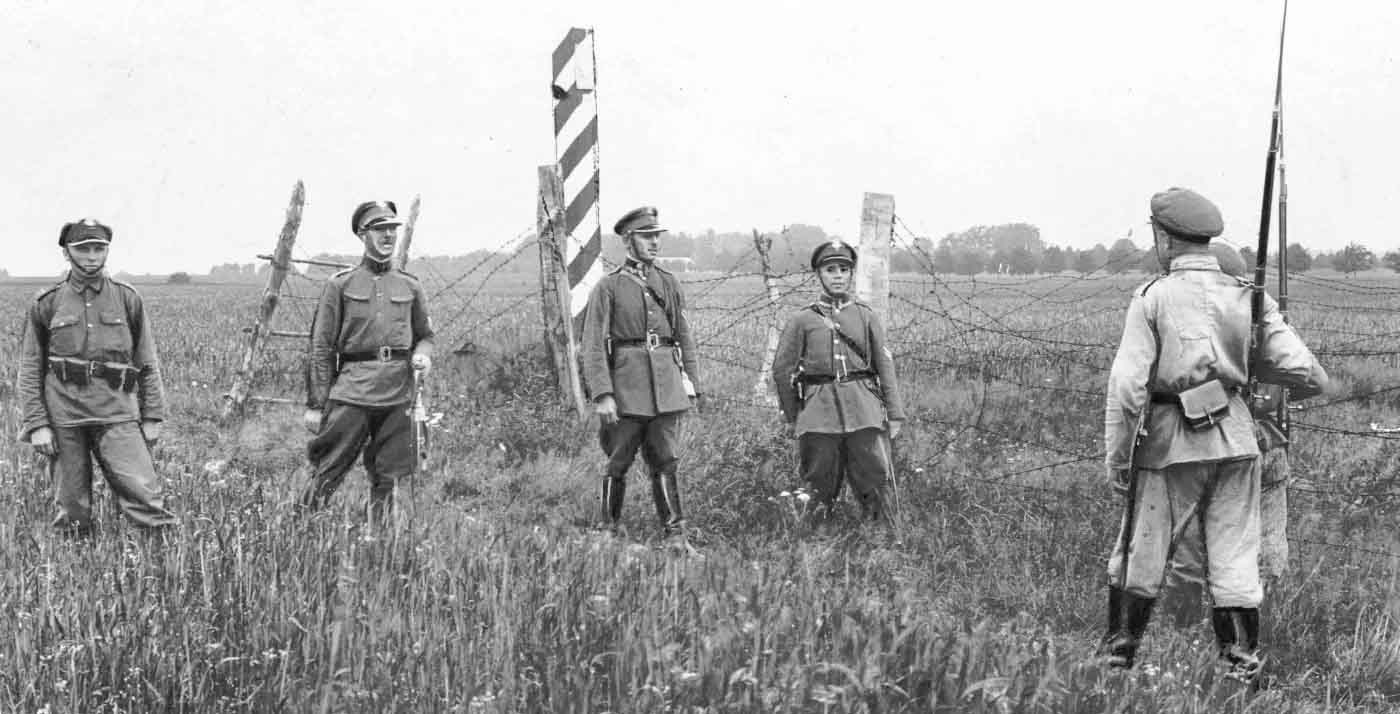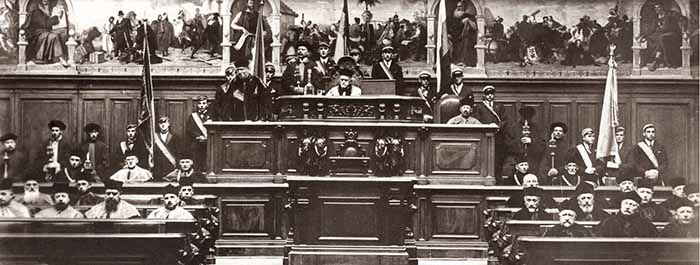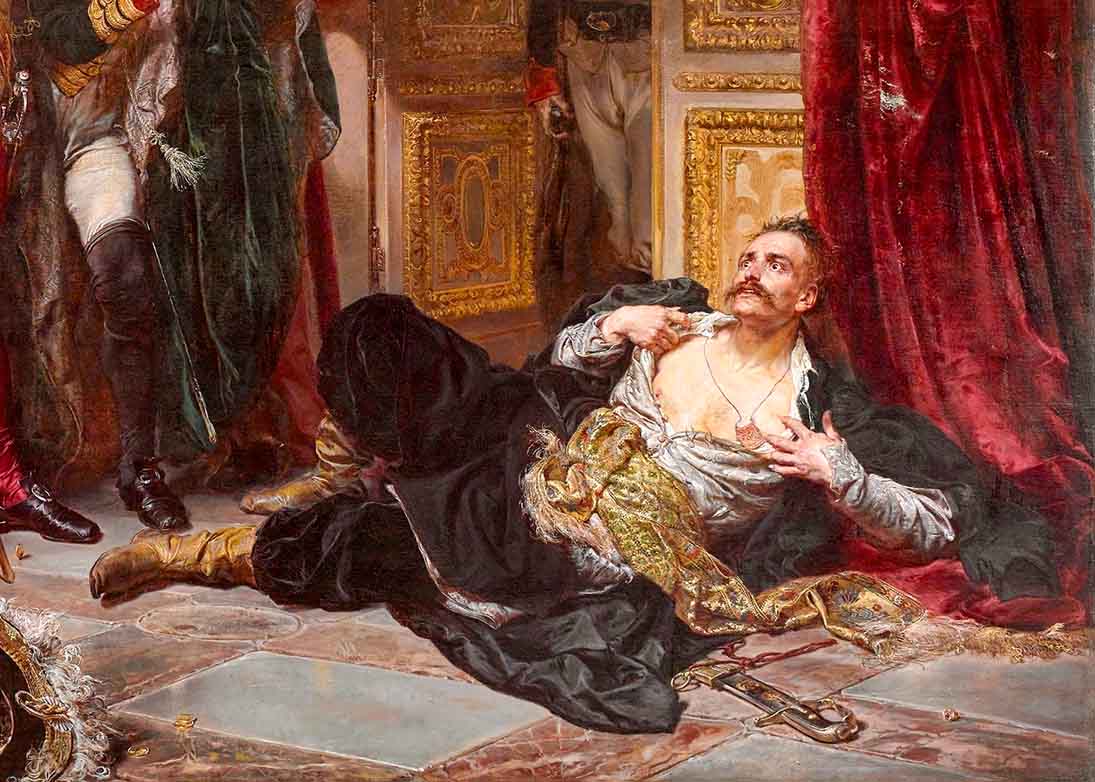In this scholarly work, "Poland and Russia: The Neighborhood of Freedom and Despotism in the X-XXI Centuries," Professor Andrzej Nowak reviews the history of Poland through the lens of its relations with Russia and presents the ideological beliefs Russia employed throughout its history to achieve its foreign policy objectives through interactions with Poland and the region’s Central and Eastern European states. Unsurprisingly, readers will learn that Russian and Polish political and cultural traditions evolved as polar opposites.
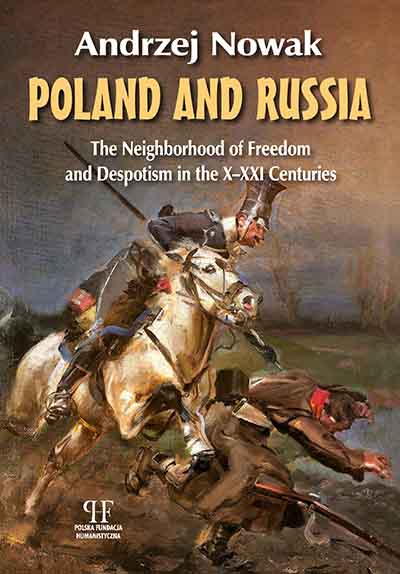
"Poland and Russia" book cover (Source: Kuryer Polski)
Translated from Polish into English (and German) and published in 2023, Nowak’s ten chapters are superbly illustrated and chock-full of facts that Polish-American and other readers will find highly interesting and compelling. The professor is a Russian speaker and leading world expert on Russian history and its political philosophy. In his work, he reveals the deeply rooted sources of the Russian state’s mentality that has driven its persistent aggression and expansionism, the most recent example of which is Putin’s war with Ukraine.
In Chapter 1, Nowak reviews the 10th through 15th centuries of relations between the Polish state and the neighboring precursor states of Moscow, commonly called Rus or Kyivan Rus. While locals established Poland under the Piast dynasty, Rus had its roots more in foreign conquest, initially by Scandinavians seeking to control the vital trade route along the Dnieper River to the Black Sea.
As Poland and Rus evolved as Slavic states, three areas of tension emerged between them. The first was territorial disputes over the vital trade route areas, and the second was religion; Rus Prince Volodymyr chose Orthodox Christianity and Poland’s King Mieszko chose Catholicism. Both religions would now begin to establish separate Rus and Polish identities. The third area of tension was political culture. In the early 1200’s, Mongol armies conquered the Rus principalities and subjected the population to 250 years of ruthless rule. This same merciless political culture would later be implemented by the tsars across the territory of Greater Russia. By contrast, Poland would develop a political culture in which freedom and liberty were guaranteed by the Polish state.
A vigorous tribe of Lithuanians also emerged, who began their rule in the northern and western Rus lands. We then see the marriage of Lithuania’s Grand Duke Jagiello to Poland’s Queen Jadwiga in 1386, which becomes the foundation for the Polish-Lithuanian Union. Our two centers of power begin to take shape. The first, an emerging union of two separate nations, adopts the Latin tradition, cedes spiritual power to Rome, and engages in compromise by joining forces against a common foe. The second absorbs the methods of its external Mongol oppressor and insists on the right to impose its civilizational and religious visions on its neighboring states.
Chapter 2 examines 14th and 15th century developments during which the concepts of Rzeczpospolita (Republic) and Commonwealth begin to emerge. Moscow was then a small country occupying a territory smaller than today’s Poland. Meanwhile, having defeated the Teutonic Knights at the historic Battle of Grunwald in 1410, the Polish-Lithuanian state was now dominant in Eastern Europe. The other Rus lands would evolve culturally and politically apart from the Muscovite state and eventually emerge as Belarus and Ukraine.
In 1440, King Casimir Jagiellon became the first to rule both states of the Polish-Lithuanian Union and in 1449, he signed a perpetual peace treaty with Prince Vasily II of Moscow that demarcated their respective spheres of influence in Eastern Europe.
Prince Vasily II’s son, Ivan III, succeeded him and is considered the greatest of Moscow’s rulers. He was the founder of the future Russian Empire together with its imperialist ideology and his most important goal was to gather together, i.e., conquer, all the scattered Rus principalities, which became a dominant pattern in Russian history. In 1517, Ivan III’s son, Vasily III, and the German Hohenzollerns sign an alliance to strike the Polish-Lithuanian state and carve out more territory. Thus begins the initial stages for the partitions of Poland by Russia, Prussia, and Austria.
Chapter 3 reviews the 16th and 17th centuries, which is when the Polish-Lithuanian Commonwealth enjoyed its most significant advantage in its history of conflict with the Grand Duchy of Moscow. We now see Ivan IV, “Ivan the Terrible”, undertaking new conquests eastward over non-Slavic and non-Orthodox populations. Like his predecessors before him, Ivan IV killed the local elites, carried out mass deportations, and brought in colonists from center of the Russian state. Nowak points out that Stalin and Putin repeated this same mantra: “Violence and murder are necessary prices to pay for the greatness of our state and our victories in the international arena … we need to project fear on our neighbors, regardless of the cost to our own citizens.”
It was also during this time that a proposal for a union with Moscow was pursued by Lithuanian Chancellor Lev Sapieha to prevent Lithuania from being further ravaged by its eastern neighbor. The objectives included securing the equality of the two combined states, establishing a treasury in Kyiv to finance their defense with a unified monetary measure, ensuring the right to establish trading companies between the states, and having the right to acquire education anywhere. As Nowak notes, these ideas of a union were far ahead of what many European schools of thought had accomplished before the middle of the 20th century. Unsurprisingly, the self-appointed Tsar, Boris Godunov, rejected Sapieha’s proposal.
Chapter 4 describes the period from 1648 to1721 during which the determining factor for relations between the Polish-Lithuanian Commonwealth and Moscow was the Cossack question. This would then shape the Commonwealth’s ensuing fate. A key issue was the ecclesiastical union, known as the Union of Brest, that made everyone in the Polish-Lithuanian state, Catholic and Orthodox, subject to the Pope in Rome. This fostered significant conflict between the bottom of the Orthodox social class and the landed elites, who were Catholic.
As a result, multiple Cossack uprisings occurred and were ruthlessly suppressed by the Polish magnates in order to maintain their lucrative grain trade from Ukraine to Western Europe. The largest of these uprisings was led by Bohdan Khmelnytsky. As Nowak points out, “The resolute Polish military with its famed Winged Hussars that previously occupied Moscow, defeated the Ottoman Turks at Khotyn, and defeated the Swedish army in multiple engagements, found itself incapable of coping with a rebellion on its own land ably led by Khmelnytsky.”
Tsar Alexis, now with a Russian-Cossack army, took Vilnius and the Grand Duchy of Lithuania and deported one-third of the residents deep into the Russian state. Then came the Swedish deluge, a sweeping invasion that advanced all the way south to Krakow. Prince Frederick William of Prussia did not join in because he remembered how in 1683 Polish King John Sobieski with his army of Winged Hussars led the coalition that smashed the Turks and lifted the great siege at Vienna.
Meanwhile, Moscow expanded its territory to the Pacific Ocean and established a permanent border with China. Russia is now transforming itself from a medieval, Mongol-influenced Moscow into a recognizable Russian state. Peter the Great then emerges as the region’s dominant power by expanding toward the south and capturing the fortress of Azov on the Black Sea. From there, he advanced toward Europe through a northern route and, following the Battle of Poltava in 1709, in which Tsar Peter defeated Charles XII’s Swedish army, he became the Master of Eastern Europe by achieving his greatest prize, the Eastern Baltic Sea.
Chapter 5 details the turbulent period 1773 to 1797, during which we witness the political corruption and moral and financial decay of the Commonwealth’s elites. This enabled Russia, Prussia, and Austria to partition Poland three successive times, the result of which was its removal from the map of Europe for the next 123 years.
The first partition occurred after the Bar Confederation was defeated, which was led by Jozef Pulaski and father of American Revolutionary War hero Casimir Pulaski. The second partition occurred after Poland’s 3 May Constitution of 1791 was introduced, which made the bourgeoisie more citizen-like, guaranteed the rights of the peasants, and offered a new, well-governed state.
Nowak explains that the Russian Empire’s method of making the Commonwealth dependent and weak was by corrupting its political class through Russian ambassadors. They bribed the most influential members of the noble families, who would then fight each other politically and in other ways. The most shameful example of this was the Targowica Confederation. A group of Polish nobles colluded with German-born Empress Catherine II and advocated abolishing the 3 May Constitution of 1791. Catherine’s lover at the time was Polish King Stanislaw August Poniatowski.
The Kościuszko Uprising of 1794, led by American Revolutionary War hero Tadeusz Kosciuszko, defeated the Russian forces at Racławice. However, they were later defeated by the Russians led by Alexander Suvorov, known as the Butcher of Warsaw. Then came the third and final Partition in 1795, after which Poland ceased to exist.
Chapter 6 examines the period 1795 to 1917, during which Poland was colonized under Tsarist rule. Nowak points out that more people in this expanded Russian Empire could read and write in Polish than Russian. In the Orthodox cities that were once part of the Commonwealth, including Kyiv, the language of the educated was Polish rather than Russian. However, Empress Catherine intended to eliminate all traces of the centuries-old Polish culture. A stark example of this was replacing the well-established Uniate rite, which was subordinate to the Pope, with the Orthodox rite, which was regarded as the determinant of Russianness.
Alexander I, Catherine’s son, won the great war against Napolean and remained firm on the Polish issue at the Congress of Vienna in 1815. Poland’s future as a political entity was now to be decided by Russia. Following the death of Alexander I in 1825, his younger brother Nicholas I ended any hope of Polish cohabitation with the Russian Empire.
The new Tsar reverted to his grandmother Catherine’s pattern of relentless subjugation and further eradicated Polish institutional or cultural distinctiveness. As a result, Poles again took up arms against Russia, this time by carrying out the November Uprising of 1830-31. Having suppressed the Uprising, Tsar Nicholas I’s oppression of the Poles became increasingly severe resulting in the removal of the Polish language from education and introducing Russian in its place. Another insurrection, the January Uprising, occurred in 1864 and lasted for several months, which had financial implications for Russia. To offset its debt incurred from the construction of long-distance railways and suppressing the Uprising, Russia sold Alaska to the United States.








